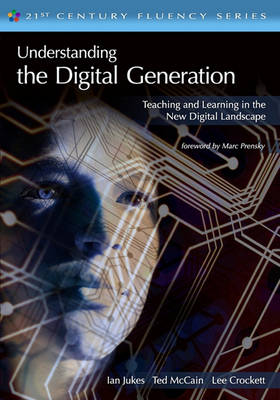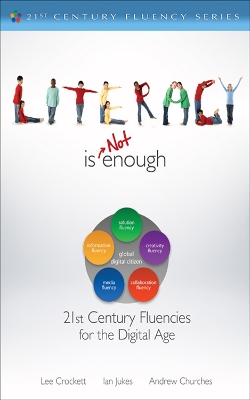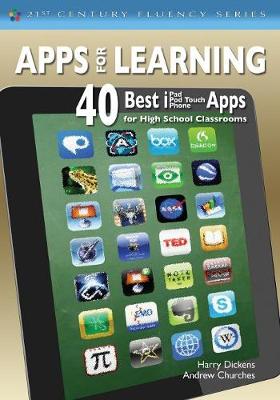21st Century Fluency
6 total works
The first half of the book explores this world of technology and the 6 exponential trends in technological development that govern it while the second half of the book examines its impact on education, learning, and teaching, and forecasts a vision for the future. At the end of each chapter are discussion questions useful for jumpstarting conversations and thinking about change both personally and professionally.
6 Exponential Trends:
1. Moore's Law - technological processing power and speed doubling exponentially at least every 12 months.
2. Photonics-exponentially increasing bandwidth speeds
3. The Internet revolution
4. The age of Infowhelm
5. Disruptive technology that eventually diminishes or replaces the previous generation of technology.
Enjoy exploring today's new digital tools with this no-fuss guide!
Presented in a user-friendly format, this concise diet of digital tools allows beginning and experienced users to investigate a variety of tools in any order and at an individual pace. The book covers the principles of digital citizenship, provides email basics, and presents step-by-step guidance for:
Completing searches and using Del.iciou.us to bookmark favorite sites Preparing documents anytime and anywhere Communicating with friends and colleagues around the world through Skype Developing networks and providing updates through Facebook, Twitter, and blogs Sharing and discussing pictures, presentations, or videos through VoiceThread and Flickr
Understanding the Digital Generation
by Ian Jukes, Mr Ted McCain, and Lee Crockett
The book provides strategies, ideas, and compelling viewpoints to help leaders deepen their understanding of how educational thinking and instructional approaches must translate into relevant classroom experiences for today's learners. Understanding the Digital Generation describes implementing educational approaches that build critical thinking skills, and discusses the role of digital media and technology used by students and how that fosters the crucial development of new 21st-century fluency skills. In reader-friendly terms, the authors provide:
- A comprehensive profile of digital learners' attributes
- An exploration of the concepts of "neuroplasticity" and the "hyperlinked mind"
- An approach to educational models that support traditional literacy skills alongside essential 21st-century fluencies
- An examination of appropriate methods of evaluation that encompass how digital generation students process new information
For staff developers leading study groups, this text provides powerful chapter-opening quotes, built-in questions, and additional tools to generate reflective dialogue and an open exchange of ideas.
Literacy Is NOT Enough
by Lee Watanabe Crockett, Ian Jukes, and Andrew Churches



